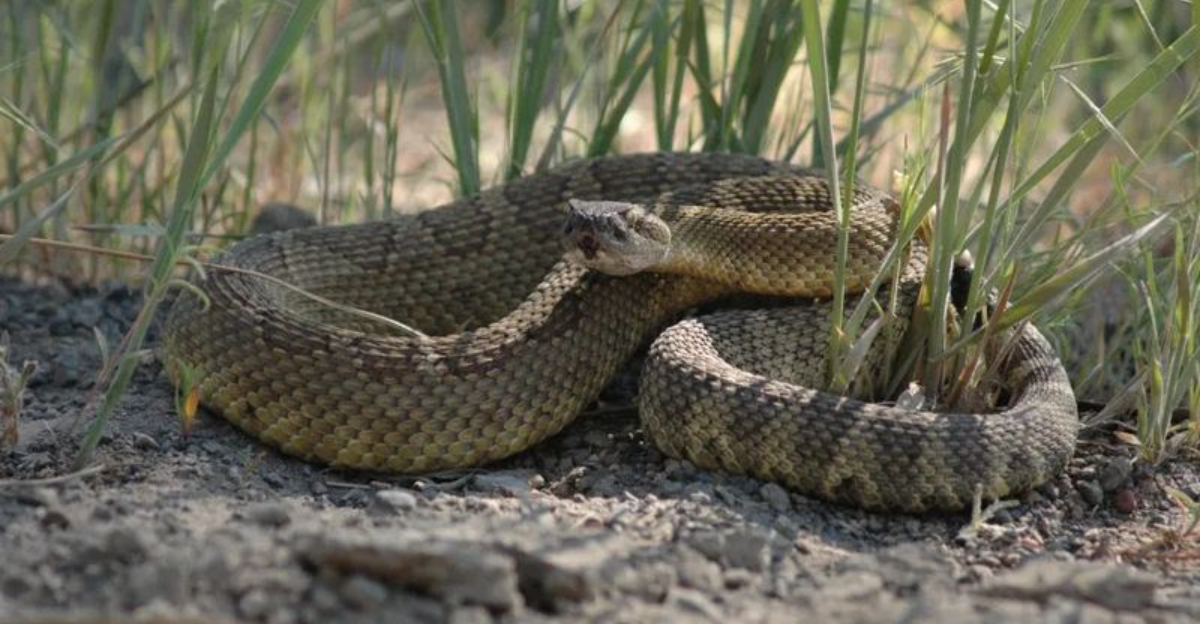Slithering beneath the calm, glassy surfaces of America’s rivers is a hidden world inhabited by fascinating yet potentially dangerous reptiles. Snakes, in particular, have made themselves right at home in aquatic environments across the country.
While many are harmless, some species—like the venomous cottonmouth—can pose real risks to unsuspecting swimmers, anglers, or hikers. As someone who loves exploring the outdoors, I’ve learned that being aware of your surroundings is just as important as enjoying the view.
If you’re venturing near riverbanks or marshes, it pays to know which snakes might be sharing the water—and how to safely coexist with them.
1. Mississippi River’s Cottonmouth Kingdom
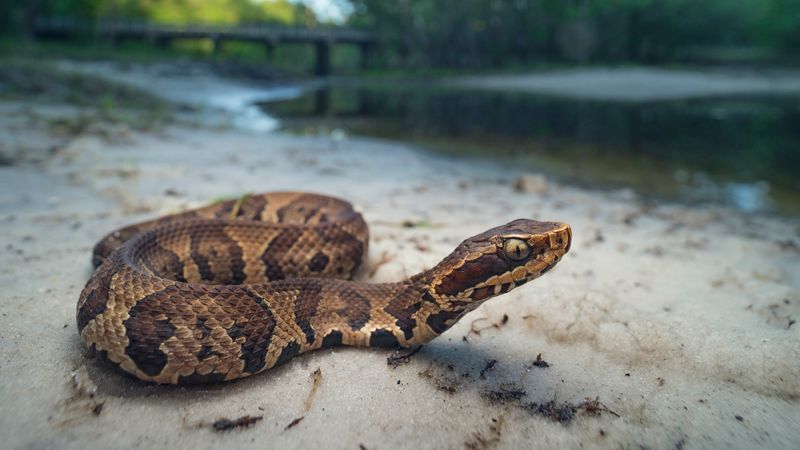
Whoa, talk about snake central! The mighty Mississippi creates perfect hunting grounds for water moccasins, those chunky-bodied cottonmouths with the signature white-lined mouths they flash when feeling threatened.
During my kayaking trip last summer, our guide pointed out several basking on half-submerged logs. Their ability to swim with their heads held high above water makes them especially noticeable compared to other aquatic snakes.
The warm, humid conditions along the river’s southern stretches create ideal habitats where these venomous swimmers thrive among cypress knees and marshy edges. They particularly love the backwaters and oxbow lakes connected to the main channel.
2. Colorado River’s Rattlesnake Haven
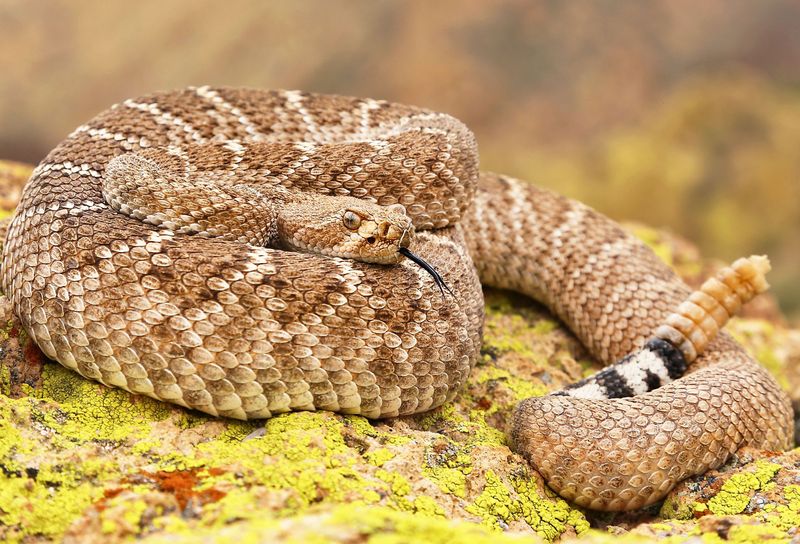
Surprise! The Colorado River corridor houses some seriously impressive rattlesnakes. Western diamondbacks and sidewinders love the rocky, sun-baked shores where they can warm their cold-blooded bodies.
My hiking buddy nearly stepped on one during our Grand Canyon trek – thankfully, that distinctive rattle gave us both plenty of warning! The snake was perfectly camouflaged against the reddish rocks.
Throughout the river’s path across Arizona and into California, these rattlers claim territory near water sources, creating potential encounters for hikers, campers, and rafters. Their venom is potent, making them some of the most medically significant snakes in North America.
3. Everglades Waterways’ Exotic Invaders
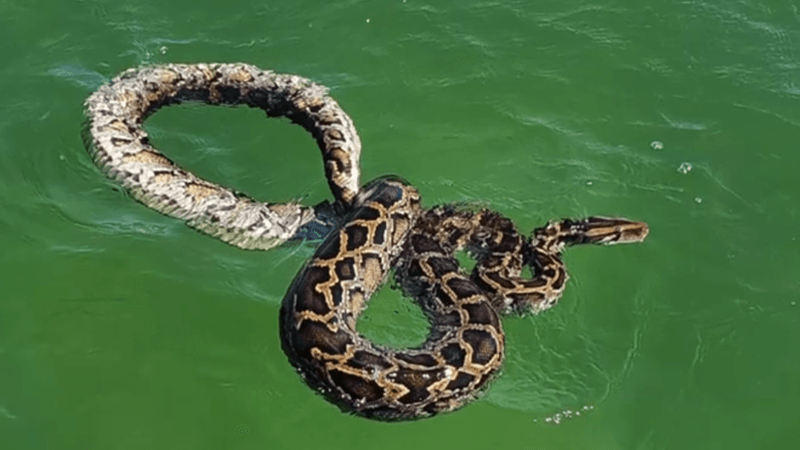
Burmese pythons have crashed the snake party in Florida’s Everglades waterways! These massive constrictors aren’t venomous, but boy, can they cause trouble with their incredible strength and size reaching over 15 feet long.
Paddling through these waters last year gave me a newfound respect for these impressive reptiles. Our naturalist guide spotted one swimming across a channel with just its eyes and nostrils above water – practically invisible!
While native to Southeast Asia, these escaped or released pets have established a breeding population that threatens the delicate ecosystem. The warm, wetland environment provides perfect conditions for these impressive but problematic giants to thrive year-round.
4. Rio Grande’s Coral Snake Corridors

Vibrant bands of red, yellow, and black make the Texas coral snake a stunning but seriously dangerous resident along the Rio Grande. These shy creatures pack some of the most potent venom of any North American snake!
Walking the riverside trails in Big Bend National Park, I kept my eyes peeled after a ranger showed us photos of recent sightings. Unlike rattlesnakes, these beauties don’t give warning before striking, making awareness crucial.
The river’s diverse habitats, from rocky outcrops to lush riparian zones, provide perfect hiding spots for these elusive reptiles. Remember that old rhyme? “Red touch yellow, dangerous fellow” – it’s a lifesaver for identifying these colorful but potentially harmful snakes.
5. Snake River’s Aptly Named Waters
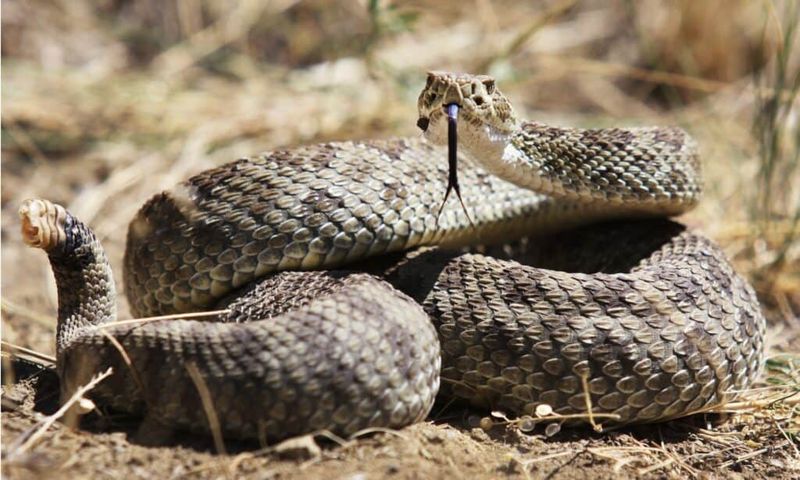
Despite its serpentine name, the Snake River doesn’t actually have more snakes than other waterways – but it certainly houses its fair share! Prairie rattlesnakes dominate the rocky shorelines throughout Idaho and Wyoming sections.
Camping along the river’s edge last summer, I learned to shake out my boots each morning after our guide told tales of curious snakes seeking warmth in campers’ gear. The river’s canyon habitat creates perfect basking spots on sun-warmed rocks.
Fishermen occasionally spot these rattlers swimming across channels, surprisingly adept in water despite their primarily terrestrial lifestyle. The river’s varied ecosystem, from high mountain stretches to desert regions, supports different snake species adapted to each unique environment.
6. Copperhead Central at the Chattahoochee
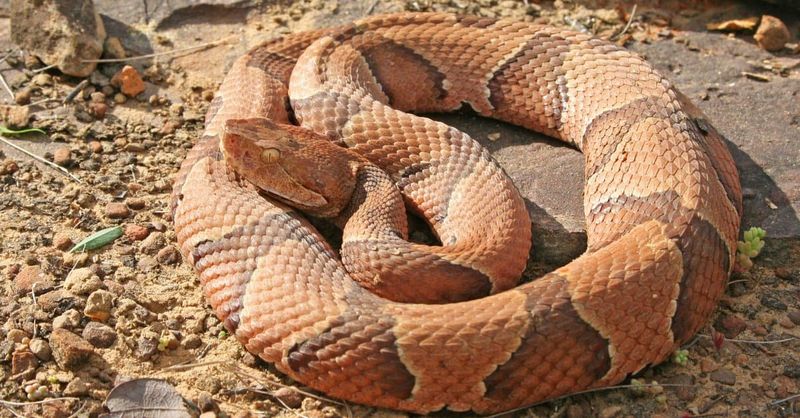
Georgia’s beloved Chattahoochee River might look picture-perfect for summer fun, but those wooded banks hide copper-colored surprises! Copperhead snakes absolutely love the moist, leafy environment along this southern waterway.
My friend learned this firsthand during our fishing trip when she nearly placed her tackle box on what she thought was “just another pile of leaves.” The snake’s incredible camouflage – that distinctive hourglass pattern on a copper background – makes them nearly invisible in fall foliage.
Popular recreation areas along the river create potential human-snake encounters, especially during warmer months when both species seek relief from the heat. Unlike some aggressive snake species, copperheads typically freeze when threatened, making accidental stepping encounters more common.
7. Columbia River’s Surprising Snake Population
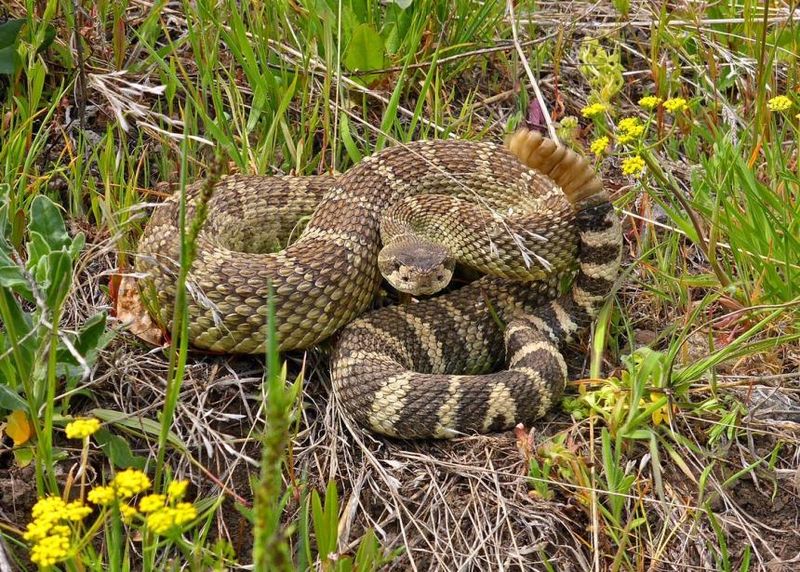
Gorgeous gorge views aren’t the only thing you’ll find along the Columbia River! The rocky shores and tributaries house western rattlesnakes that have adapted perfectly to the diverse Pacific Northwest environment.
Hiking through Columbia Gorge last spring, our trail guide pointed out several basking spots where rattlers emerge on sunny days. Their ability to regulate body temperature by moving between sun and shade makes riverside rock formations ideal habitat.
The river’s dramatic temperature variations between seasons force these reptiles to adapt, often hibernating communally in rocky dens during colder months. When warmer weather returns, they disperse along the shorelines, creating potential encounters for the thousands of hikers and water enthusiasts enjoying this spectacular waterway.
8. Venomous Varieties in the Suwannee River
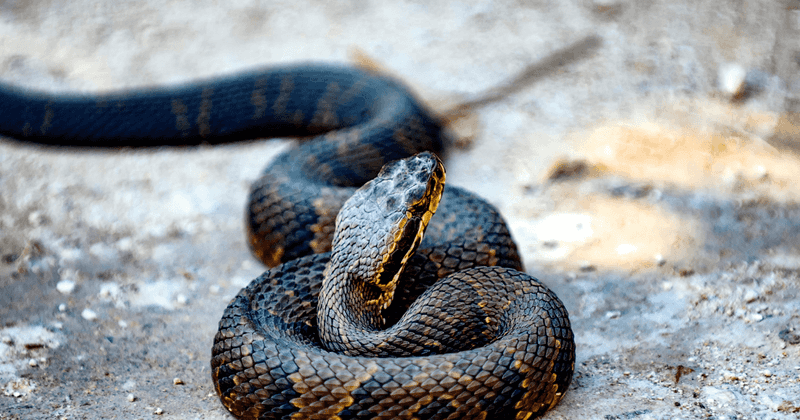
The famous Suwannee River flowing through Florida and Georgia hosts an impressive snake variety show! From cottonmouths to eastern diamondback rattlesnakes, this blackwater river creates perfect snake habitat with its cypress-lined banks.
During my canoe adventure there, I watched a cottonmouth swimming alongside us for nearly five minutes, completely unbothered by our presence. The tannin-darkened waters make spotting these swimmers particularly challenging.
Local fishing guides often joke about the “Suwannee welcoming committee” – referring to the sunning cottonmouths that frequently drape themselves over low-hanging branches. The river’s protected status and minimal development along much of its course have preserved natural snake habitats that might have disappeared along more developed waterways.
9. Potomac River’s Surprising Serpents
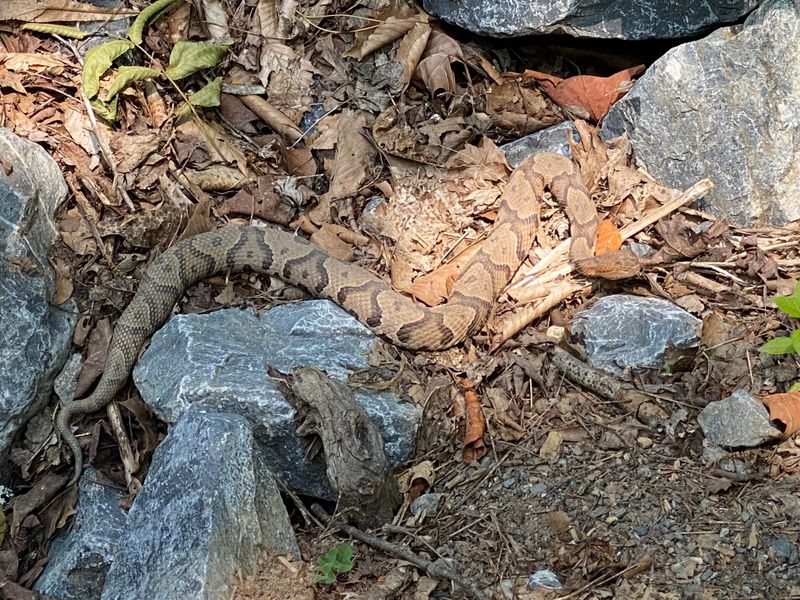
Who knew our nation’s capital harbored so many scaly citizens? The Potomac River corridor supports northern copperheads that thrive surprisingly well despite urban development nearby.
My morning jogs along the C&O Canal towpath changed forever after spotting one sunning itself on the path! Park rangers told me these adaptable venomous snakes have maintained populations even as Washington D.C. expanded around them.
The river’s rocky outcrops and forested edges provide perfect hunting grounds for these copper-colored ambush predators. Great Falls and other natural areas along the Potomac create protected pockets where these snakes continue their ancient lifestyle, occasionally surprising hikers and climbers enjoying the river’s natural beauty just miles from the White House.
10. Green River’s Rattlesnake Ridges
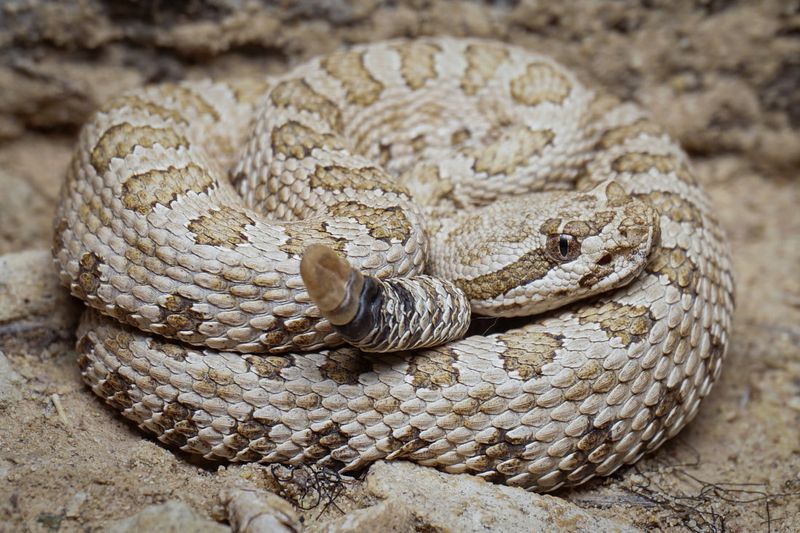
Paddlers beware! Utah and Wyoming’s spectacular Green River cuts through mountains and deserts where midget-faded rattlesnakes and prairie rattlers rule the rocky riverbanks.
Our rafting guide had us in stitches with his “snake dance” demonstration – the careful high-stepping walk he uses when exploring shorelines during overnight camping trips. His caution comes from years of experience with the numerous rattlesnakes that love the sun-baked rocks.
The river’s dramatic canyons create perfect snake habitat with abundant prey and plenty of crevices for shelter. These rattlesnakes have adapted beautifully to the harsh desert environment, often becoming more active during cooler evening hours when river campers are setting up tents – a timing conflict that occasionally leads to tense encounters.
11. Missouri River’s Massive Water Snakes
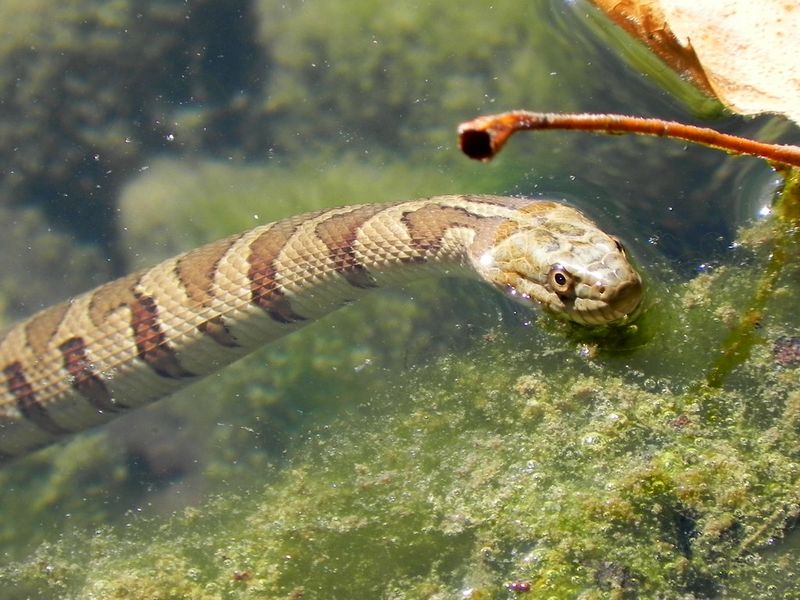
Holy moly, the size of northern water snakes along the Missouri River will make your jaw drop! Often mistaken for cottonmouths, these non-venomous but impressively large snakes can reach five feet long.
Fishing along the river’s edge near Kansas City, I watched in amazement as one swam by with a catfish nearly half its size clutched in its jaws! The snake’s powerful swimming ability and aggressive hunting behavior often startle boaters and anglers.
While these water snakes lack venom, their defensive attitude and willingness to bite when cornered causes many unfortunate encounters with humans. The Missouri’s diverse ecosystem, from prairie stretches to forested regions, supports healthy populations of these impressive but misunderstood reptiles throughout much of the river’s 2,341-mile journey.
12. Arkansas River’s Venomous Variety Show
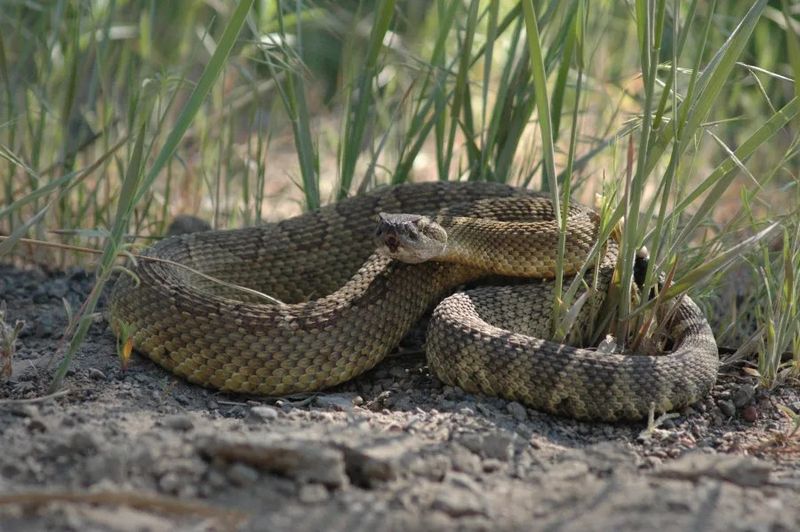
Flowing from Colorado to the Mississippi, the Arkansas River showcases an impressive snake diversity that changes with elevation and habitat. Western massasaugas – those stocky little rattlesnakes – particularly love the river’s prairie sections.
My fly fishing trip took an exciting turn when our guide pointed out three different snake species in one afternoon! The river’s varied course creates multiple habitat types supporting everything from rattlesnakes in rocky areas to water snakes in slower sections.
The popular recreation areas along the Arkansas create more human-snake encounters than many rivers, especially during summer months when both species seek water. Local outfitters often include snake awareness in their safety briefings for rafters and kayakers exploring this beautiful but potentially hazardous waterway.
13. Venomous Swimmers in the Kissimmee River
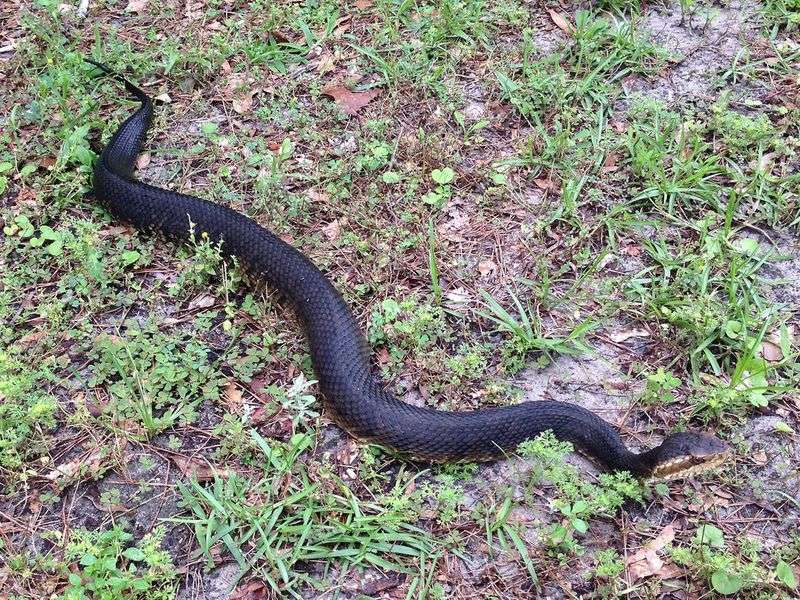
Florida’s restored Kissimmee River might be an environmental success story, but those revitalized wetlands have become prime real estate for Florida cottonmouths! These chunky, aggressive swimmers absolutely dominate the waterway.
Birdwatching along the riverbanks last winter, I learned to carefully scan every log and floating debris after nearly stepping on a well-camouflaged cottonmouth. Our guide explained they’re so common here that experienced paddlers develop “cottonmouth vision” – the ability to spot their distinctive triangular heads.
The river’s restoration project has inadvertently created perfect snake habitat with abundant prey and plenty of basking spots. The slow-moving water and numerous side channels provide ideal hunting grounds for these opportunistic predators, who feast on fish, frogs, and even other snakes.
14. Trinity River’s Timber Rattler Territory
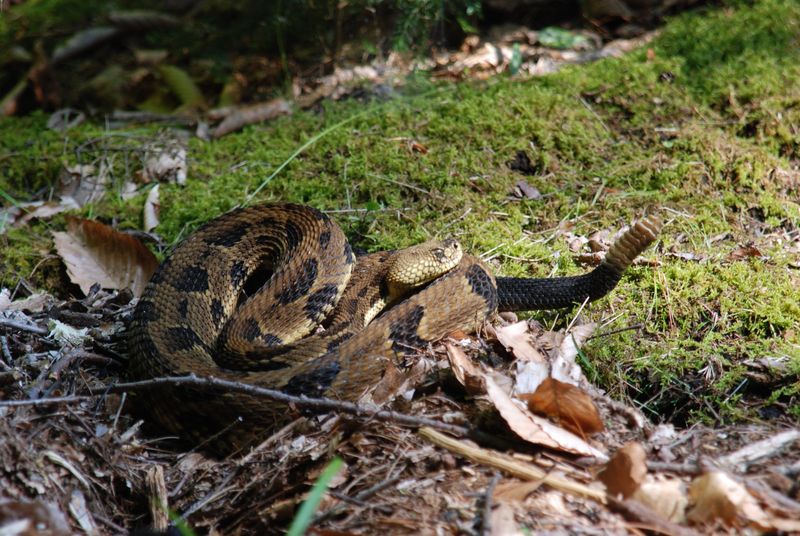
Texas’ Trinity River basin harbors some seriously impressive timber rattlesnakes! These hefty reptiles – sometimes reaching 5+ feet long – love the bottomland forests and swampy areas throughout the watershed.
Canoeing the river’s east Texas stretches, I remember our naturalist getting genuinely excited (while keeping a respectful distance) when spotting a massive specimen draped across a fallen log. The snake’s distinctive crossband pattern created perfect camouflage against the dappled sunlight.
These endangered rattlesnakes face habitat loss throughout much of their range, making the Trinity’s protected corridors increasingly important for their survival. Despite their intimidating size and potent venom, timber rattlers typically avoid human contact, preferring to remain hidden in the dense undergrowth that lines much of the river.
15. Savannah River’s Slithering Surprises
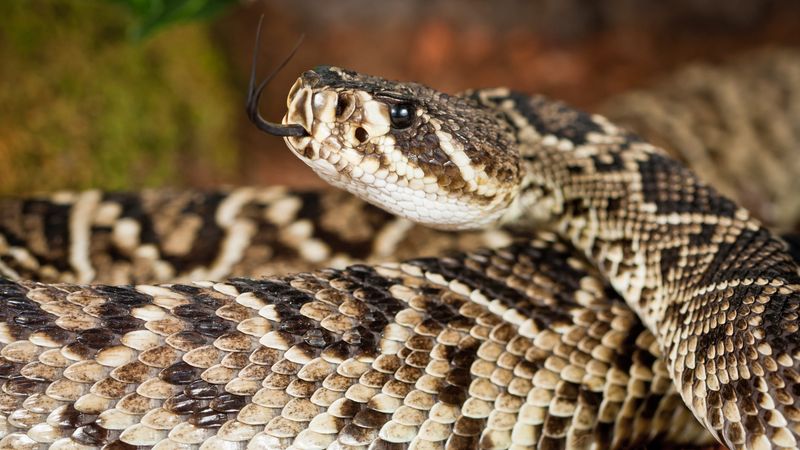
Connecting South Carolina and Georgia, the Savannah River creates perfect habitat for eastern diamondback rattlesnakes – the largest venomous snake in North America! These impressive reptiles can tip the scales at over 10 pounds.
Photographing wildlife along the river’s preserved corridors, I learned from local experts about their declining numbers despite the protected habitat. The distinctive diamond pattern provides remarkable camouflage in the dappled light of riverside vegetation.
The river’s extensive floodplain forests and adjacent marshes create ideal hunting grounds for these ambush predators. While rarely encountered by casual visitors, these magnificent but dangerous snakes maintain healthy populations in less-disturbed sections of the river corridor, particularly in wildlife refuges and preserves established along its length.
